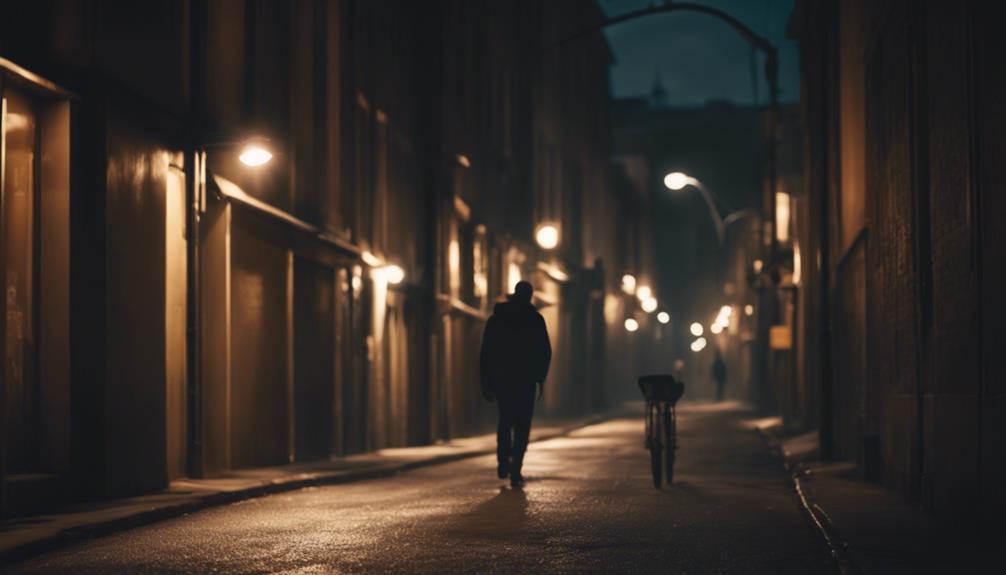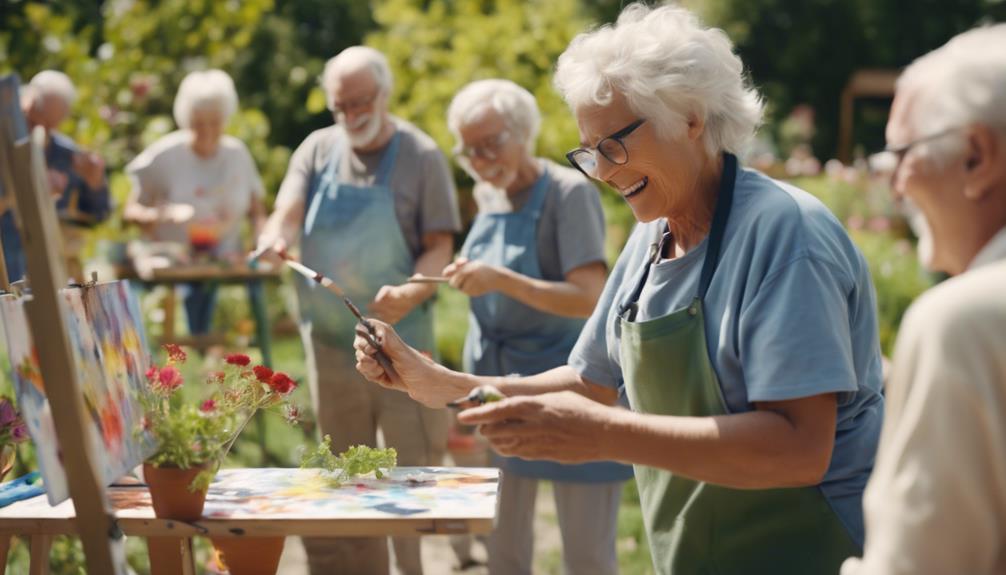To stay safe and aware, you need to be vigilant about your surroundings. Trust your instincts—if something feels off, it likely is. Look for unusual patterns, like the same person or car showing up repeatedly, and observe people's behavior closely. Minimize distractions like your phone to maintain focus. If you suspect danger, make unexpected stops or drive towards crowded areas to shake off potential followers. Don't hesitate to document details and report any strange activities promptly. By enhancing your awareness and preparedness, you can dramatically improve your safety. There's more to discover that can further boost your security.
Key Takeaways
- Stay alert and avoid distractions to enhance awareness of your surroundings and potential threats.
- Familiarize yourself with local environments, including exits and safe zones, for quicker responses during emergencies.
- Trust your instincts; if something feels off, take proactive measures to ensure your safety.
- Regularly check mirrors and maintain safe distances while driving to identify any suspicious vehicles.
Recognizing Signs of Danger
When you notice unusual patterns in movement or see the same person or vehicle multiple times, it's crucial to trust your instincts and consider the possibility of danger. This could indicate someone's watching you or even stalking you.
Pay attention to others around you, especially if they seem overly interested or if they leave a public place without consuming anything. A jogger stretching too long might be more focused on you than their workout.
Always stay aware of your surroundings; 60% of people report feeling unsafe at times. If something feels off, don't ignore that gut feeling. The sooner you recognize these signs, the better equipped you'll be to protect yourself.
Your safety always comes first, so remain vigilant and proactive.
Techniques for Personal Safety
To enhance your personal safety, being proactive and employing specific techniques can make a significant difference in staying aware of your surroundings.
Always stay alert while walking or in public spaces; pay attention to people and their behaviors. Avoid distractions like your phone. If you feel uneasy, trust your instincts and change your route.
Familiarize yourself with your environment—know the exits and safe spots. Carry personal safety devices, like pepper spray or a whistle, to deter potential threats.
Use location tracking apps to keep friends informed of your whereabouts. Finally, practice emergency preparedness by knowing local resources and having a plan in case of danger.
These techniques can empower you to feel safer and more confident in any situation.
Confirming Suspicion Tactics
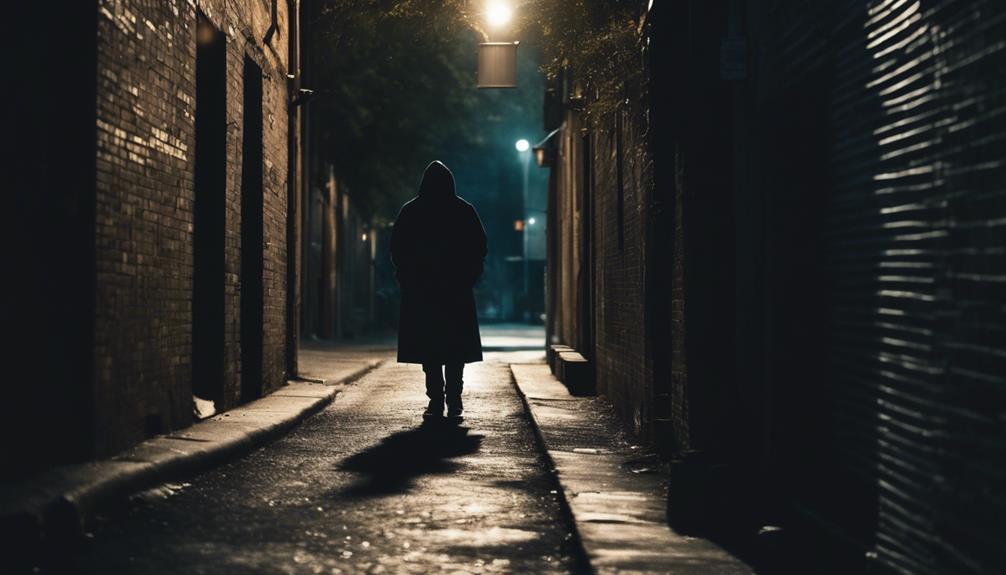
Confirming your suspicion about being followed requires keen observation and strategic actions to guarantee your safety.
Start by using mirrors or windows to discreetly monitor your surroundings. If you suspect someone's behind you, make unexpected stops—this can reveal if they're still following.
Taking a taxi for a short distance might also help identify persistent followers. When walking, try turning around as if you're retrieving lost keys; this gives you a better view of the person behind you.
In a vehicle, use traffic circles or allow extra space at traffic lights. Remember, driving towards crowded areas increases the chance of witnesses.
Stay aware and trust your instincts; they're essential in confirming your suspicions and ensuring your safety.
Defensive Driving Strategies
Defensive driving strategies empower you to navigate potential dangers on the road with heightened awareness and quick decision-making.
Always stay alert and scan your surroundings for suspicious vehicles or pedestrians.
Maintain a safe distance from the car in front of you, allowing room for escape if needed.
Use your mirrors regularly to keep track of what's behind you.
If you suspect someone's following you, make unexpected turns or drive to a crowded area.
Keep your vehicle's doors locked and windows up, minimizing vulnerability.
At traffic lights, position your car to allow for a quick exit.
Reporting Incidents Effectively
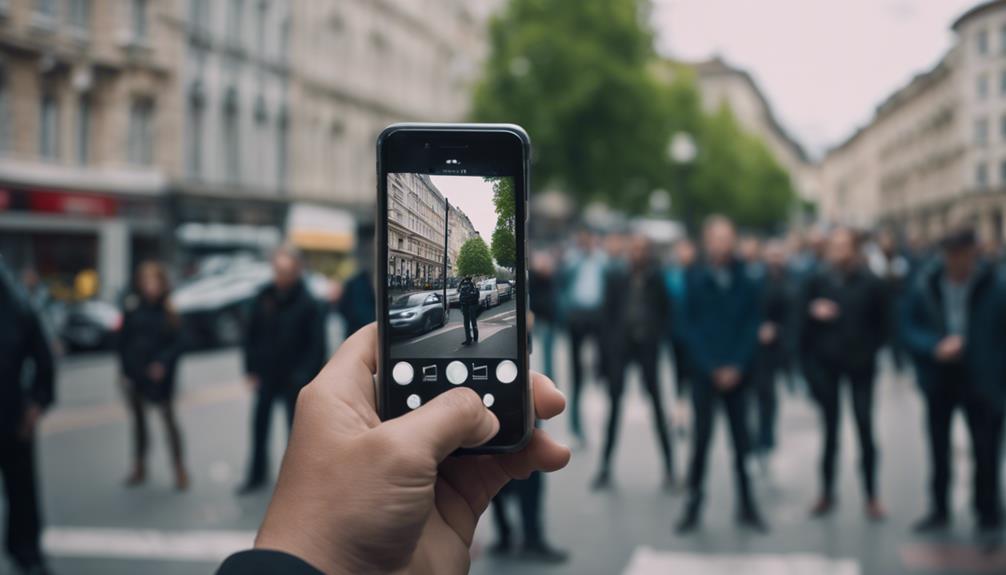
Reporting incidents promptly can make a significant difference in ensuring your safety and aiding law enforcement in their response efforts.
When you notice suspicious activity, don't hesitate—act quickly. Use local emergency numbers or contacts you've identified beforehand.
Provide detailed descriptions of the suspect, including sex, race, hair and eye color, height, and build. The more precise you are, the easier it'll be for authorities to act.
If possible, gather evidence like photos or video clips, but prioritize your safety. Keep calm and relay the situation clearly.
Documentation for Evidence
Gathering documentation for evidence can greatly strengthen your case when reporting suspicious incidents to authorities. You need to be vigilant and record everything that seems off. Keeping detailed notes can make a significant difference in how your report is received.
Consider documenting:
- Descriptions of individuals – Note distinguishing features like hair color, clothing, and height.
- Exact times and locations – This helps establish a timeline and context for your report.
- Photographic or video evidence – Visual proof can be powerful in corroborating your claims.
Emergency Preparedness Plans
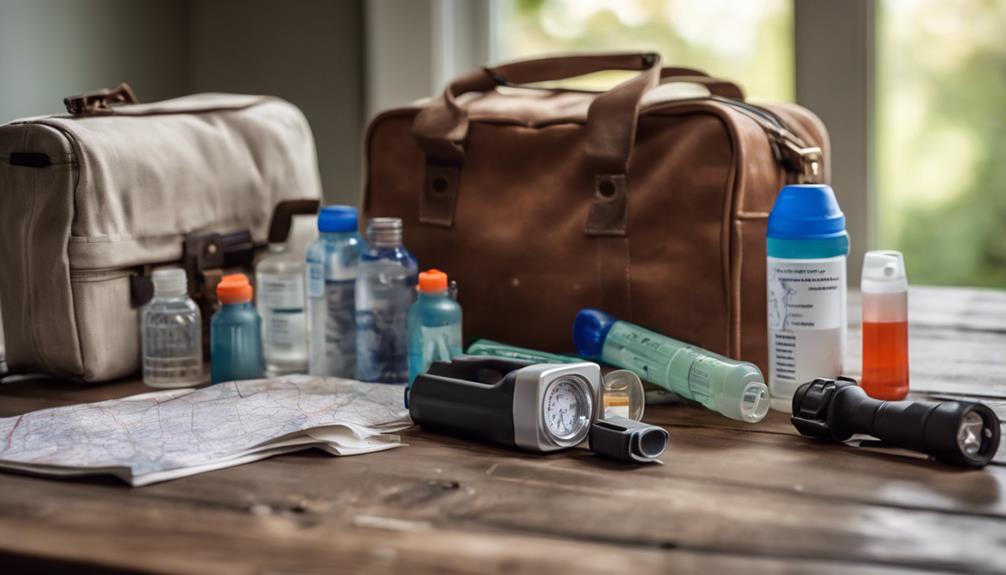
Having a well-thought-out emergency preparedness plan can greatly enhance your safety and response during unexpected situations.
Start by identifying potential emergencies in your area, like natural disasters or local hazards.
Create a communication plan that includes emergency contacts and meeting points.
Assemble an emergency kit with essentials such as water, food, medical supplies, and important documents.
Regularly review and update your plan to guarantee it remains relevant.
Practice drills with your family or team to familiarize everyone with the procedures.
Don't forget to educate yourself about local resources, including shelters and emergency services.
Being proactive and prepared can make all the difference when facing a crisis, allowing you to act quickly and effectively.
Stay safe and ready!
Enhancing Situational Awareness
To enhance your situational awareness, regularly scan your environment for unusual activities and stay alert to changes around you. This proactive approach can make all the difference in keeping you safe.
Here are three key strategies to bolster your awareness:
- Trust Your Instincts: If something feels off, don't ignore it. Your gut often knows before your mind does.
- Observe Details: Notice the people around you. Are there any who seem out of place or overly focused on you?
- Limit Distractions: Put your phone away and stay present. Ignoring your surroundings can make you an easy target.
Frequently Asked Questions
What Should I Do if I Feel Unsafe in Public?
If you feel unsafe in public, trust your instincts. Change your route, seek help, or move to a crowded area. Stay aware of your surroundings and don't hesitate to call for assistance if needed.
How Can I Teach Children About Personal Safety?
How can you guarantee your children feel safe? Start conversations about awareness, teach them to recognize unusual behavior, and encourage trust in their instincts. Role-playing scenarios can empower them to respond effectively when they sense danger.
Are There Specific Apps for Personal Safety?
Yes, there are specific apps for personal safety, like Life360 and bSafe. They offer location tracking, emergency alerts, and quick access to contacts. You can enhance your security and stay connected with these tools.
What Are Common Misconceptions About Stalking?
You might picture a shadowy figure lurking behind a tree, but misconceptions about stalking often downplay its subtlety. It's not always obvious; many believe it's overt when, in reality, it can be insidious and gradual.
How Can Communities Improve Safety Awareness Collectively?
Communities can improve safety awareness collectively by organizing workshops, sharing resources, and encouraging open dialogues. You can foster connections, promote vigilance, and create networks that empower individuals to look out for one another effectively.
Conclusion
Like a vigilant lighthouse keeper watching over stormy seas, you hold the power to navigate the waves of uncertainty in your surroundings.
By sharpening your instincts and staying aware, you become the captain of your own safety ship.
Embrace the tools and strategies shared here, and let them guide you through the fog of potential threats.
With each mindful step, you're not just surviving the storms; you're charting a course towards peace of mind and security.
